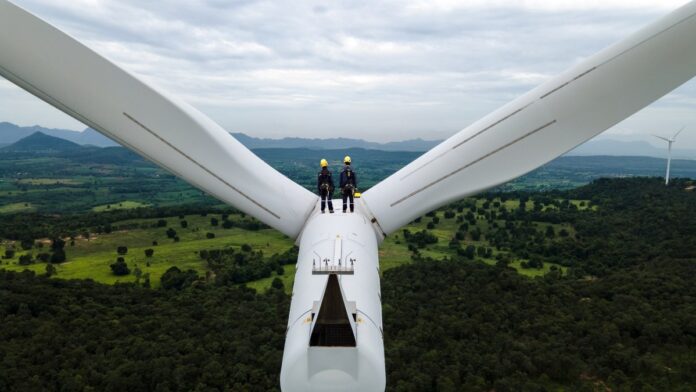The narrative around climate technology often paints a picture of declining interest and investment, a seeming paradox given accelerating global warming. However, a deeper look at recent data and shifting expectations reveals that now is arguably the most promising time to invest in climate tech, despite prevailing pessimism.
The Dramatic Shift in Global Expectations
A new report from the International Energy Agency (IEA) highlights just how significantly our understanding of future emissions has changed in the last decade. In 2014, the IEA projected a continued, linear rise in carbon emissions regardless of policy changes. The most optimistic forecasts at that time still assumed a steady increase in pollution through 2050.
Today, the IEA’s worst-case scenario is no better than the 2014 projections’ best-case. Back then, unchecked emissions were expected to reach 46 metric gigatons of CO2 per year by 2040. If countries met their pledges, we might have seen 38 metric gigatons.
Now, even with business-as-usual, emissions are projected to level off at 38 metric gigatons. With pledged cuts, the forecast drops to around 33 metric gigatons by 2040. This is still far from the net-zero target, but it demonstrates a major shift in less than a generation.
The Inflection Point: Are Expectations Driving Reality?
The core question is whether current projections are as pessimistic as those from a decade ago. The answer hinges on how we interpret trend lines. Do we look solely at today’s data, or do we factor in how expectations about the future have evolved? The latter suggests that the rate of change itself is accelerating, potentially signaling an inflection point where emissions begin to decline more rapidly.
Emerging Evidence of Accelerated Change
Recent developments support the idea of an inflection point:
- Germany : Electric vehicle (EV) sales have broken records even after government incentives were removed. This suggests sustained consumer demand driven by intrinsic value, not just subsidies.
- Developing Countries : Renewables are reshaping economies previously assumed to be slow adopters of clean energy. This accelerates decarbonization in regions often overlooked by traditional investment strategies.
- China : The world’s largest emitter has committed to peaking emissions before 2030, a significant policy shift signaling a long-term commitment to reducing carbon output.
These shifts are driven by rapidly improving technologies like low-cost solar, wind, and batteries. Further breakthroughs in geothermal energy and grid optimization software promise even greater optimism.
The Investor Opportunity
While climate tech investors may currently feel discouraged, these shifts create substantial upside. The market is not just about avoiding disaster; it’s about capitalizing on a fundamental transformation. The most significant gains will likely come from recognizing and investing in the momentum behind these accelerating trends.
The world’s view of carbon emissions has undergone a dramatic evolution. Despite setbacks, the trajectory is shifting. For investors who recognize this, the opportunity is not just viable but increasingly compelling.


































